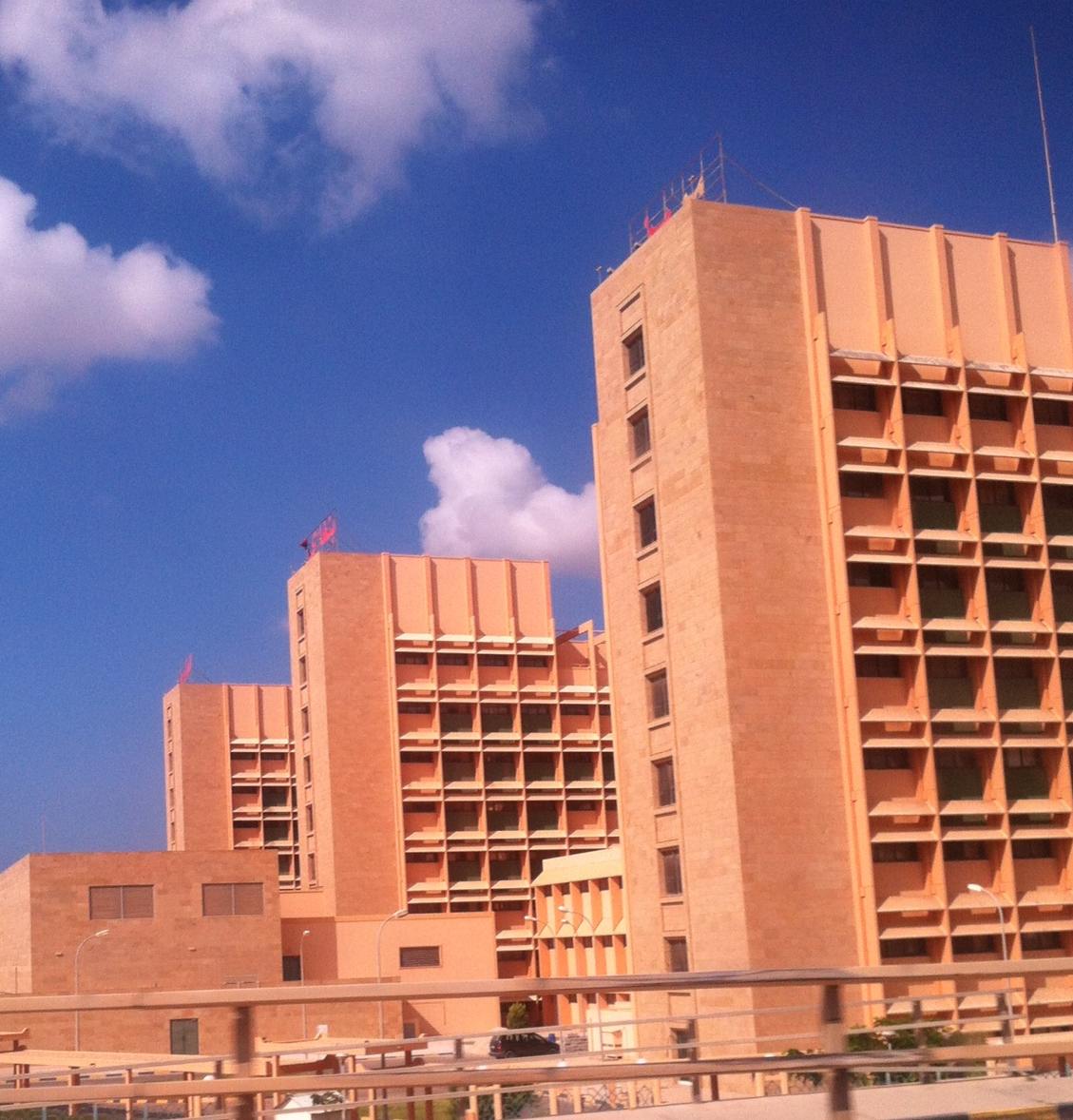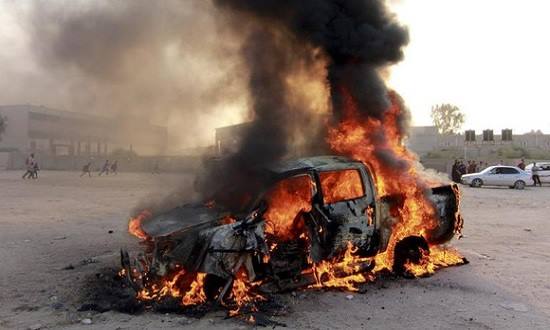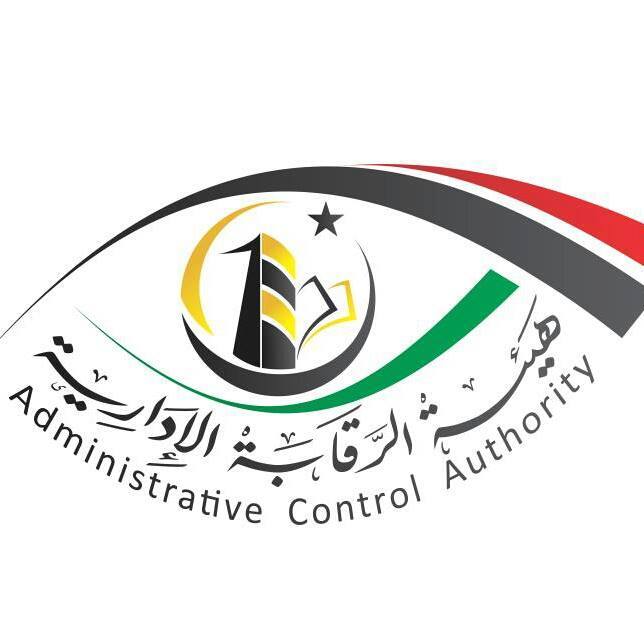By Adam Ali.

Benghazi, 21 October 2014:
High casualties over the course of nearly a week of fighting has left Benghazi’s largest medical . . .[restrict]facility struggling to cope, with the bodies of 75 civilians and combatants arriving at the hospital since the start of the renewed violence.
A doctor at the Benghazi Medical Centre (BMC), who asked not to be identified, told the Libya Herald that the most recent figures he had seen for the number of dead were up till yesterday. Further deaths have been reported in fighting since then.
He said the BMC had been forced to deal with the majority of casualties from clashes which began on Wednesday when pro-government forces re-entered the city, forcing Benghazi Revolutionaries’ Shoura Council (BRSC) from one of their main camps.
He explained that BMC’s proximity to where the worst of the fighting was going on as well as its large surgical and emergency departments meant it was the first port of call for any individuals caught up in the recent violence.
However, the doctor said because of the ongoing clashes much-needed doctors and support staff had become trapped in their areas. Most roads in the city had been shut by makeshift barriers and local areas are protected by armed residents making it impossible to move freely from district to district. As a result, he said, medics had been forced to stay at home when they were most needed.
Pockets of violence and street fighting in residential areas had meant Benghazi’s other hospitals, such as Jalaa Hospital, were practically out of commission, he claimed. Reliable sources have told this newspaper that Hawari Hospital which lies in an area sympathetic to BRSC has been commandeered by Ansar Al-Sharia forces and is being used to treat its wounded.
BRSC has at no point throughout months of fighting disclosed the numbers of its forces which have been killed or injured in battles with pro government forces.
The doctor added that because of current conditions, the level of wear on medical facilities and a lack of maintenance, crucial equipment was in a state of disrepair.
He explained that the hospital’s CT scan which was important for locating pieces of shrapnel or bullets within the body no longer worked and had put staff and patients at a severe disadvantage. [/restrict]









